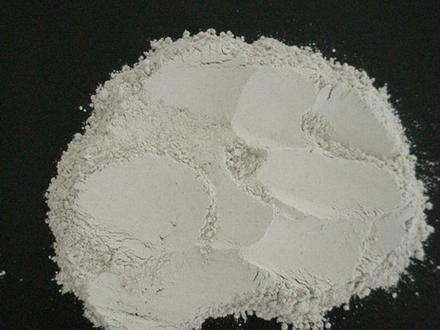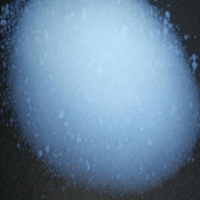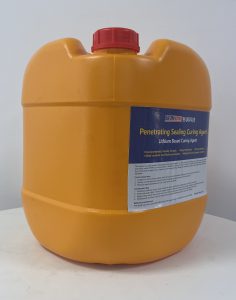Professional solutions on concrete addtives, Concrete Foaming Agent, Superplasticizer, CLC Blocks Additives, and foaming machine
In the field of construction, admixtures have become an indispensable material for improving the performance and performance of concrete. These chemical additives are used to alter specific properties of concrete, such as workability, setting time, strength, and durability. There are various types of admixtures to choose from, and understanding their differences and optimal applications is crucial for achieving excellent construction results.
Common types of admixtures in construction
According to their functions, additives can be roughly divided into several types: water reducing agents, accelerators, retarders, air entraining agents, and high-efficiency water reducing agents. Each type has different uses and brings unique benefits to concrete mixtures.
Water reducing agents: These additives reduce the amount of water required to achieve the desired and workability level in fresh concrete. By reducing the moisture content without affecting the consistency, water reducing agents improve the strength and durability of hardened concrete. They also help reduce shrinkage and cracking, thus forming a more durable structure.

Water reducing agent
Accelerator: Accelerating additives accelerate the hydration process of cement, thereby shortening the setting time of concrete. This is particularly beneficial in cold weather conditions or when rapid construction is required. Calcium chloride has become one of the most commonly used accelerators due to its effectiveness and affordability, but it should be used with caution as it can cause corrosion of steel bars.
Retarder: Compared with quick setting agent, retarder will delay the setting time of concrete. This provides more time for transporting and pouring concrete, especially suitable for large-scale pouring or hot weather conditions where the concrete may solidify too quickly. Retarders can ensure proper surface treatment and improve the bonding between concrete layers poured at different times.
Air entraining agent: Air entraining agent introduces micro bubbles into the concrete mixture. These bubbles increase the resistance of concrete to freeze-thaw cycles and de icing salts, making air entrainers crucial in projects in cold climates. In addition, air entrainment improves workability and reduces bleeding and segregation in newly poured concrete.
Superplasticizer: also known as high-efficiency water reducing agent, superplasticizer significantly reduces the water cement ratio while maintaining or even improving the workability of concrete. This results in higher early and final strength, improved durability, and reduced permeability. High efficiency water reducing agents are commonly used for high-performance concrete and prefabricated components that require rapid strength acquisition.
Each type of mixture has specific advantages and may be more suitable for certain applications than others. For example, although accelerators such as calcium chloride perform well in accelerating the construction process, they must be carefully managed to avoid potential defects such as steel corrosion. On the other hand, retarders provide flexibility for the scheduling and execution of large-scale concrete pouring by extending the working window.
Both water reducing agents and high-efficiency water reducing agents aim to optimize water usage, but their effectiveness and application scenarios are different. Water reducing agents have moderate improvements in workability and strength, making them suitable for standard concrete mixtures. However, superplasticizers can produce highly fluid concrete with extremely low moisture content, which is very suitable for complex building designs that require complex shapes and finishes.
Air entraining agents play a prominent role in improving the durability of concrete exposed to harsh environmental conditions. Although they do not directly affect the strength of concrete, their contribution to long-term integrity should not be underestimated, especially in areas susceptible to freezing temperatures and salt exposure.
In summary, admixtures play a crucial role in adjusting the performance of concrete to meet specific project requirements. The careful selection and use of admixture types enable builders to overcome challenges related to climate, material availability, and design complexity, ultimately contributing to the longevity and sustainability of the built environment.
Supplier
Cabr-Concrete is a supplier under TRUNNANO of Concrete Admixture with over 12 years of experience in nano-building energy conservation and nanotechnology development. It accepts payment via Credit Card, T/T, West Union and Paypal. TRUNNANO will ship the goods to customers overseas through FedEx, DHL, by air, or by sea. If you are looking for admixture, please feel free to contact us and send an inquiry. (sales@cabr-concrete.com)
Tags: Water reducing agents,Accelerator,Retarder





